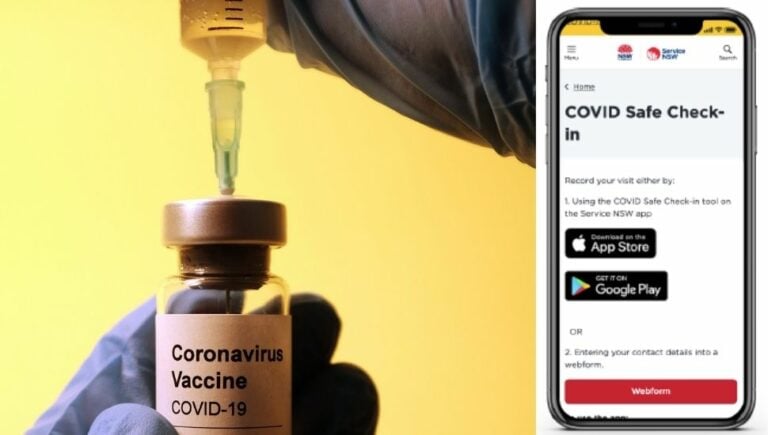Many Sydneysiders and regional NSW residents have recently downloaded the state’s COVID-19 check-in app with the notion that they’ll be notified if they visit an exposure site.
However, the Sydney Morning Herald has discovered that this isn’t the case. The news outlet found that users aren’t automatically notified if they visit an exposure site and instead have to manually scroll through their check-in history to see if they’ve been exposed.
For a user to determine whether they’ve visited an exposure site, they’ll need to visit the ‘check-in’ area of the app, which lists the user’s check-in locations for the past four weeks. If one of these locations is a reported exposure site, a red “COVID-19 case alert” icon will appear next to the venue.
This app was said to have a COVID-19 ‘alert’ feature, which technically it does, but had users assuming they would, quite literally, receive a push notification alert on their phone.
Customer Service Minster Victor Dominell has said that the team behind the app are working on integrating a push notification and that it should be live by December 1st.
“People who receive these COVID-19 case alerts should monitor for symptoms and get a COVID-19 test if they feel unwell,” the spokesperson said.
“In-app case alerts make it easier for customers to see if they have visited an exposure site. They are displayed with a red icon in the check-in history section of the app.
“Come December 1, we aim to accompany these alerts with push notifications through the Service NSW app.”
In the three weeks since the app was debuted, over 700,000 COVID-19 case alerts have been set on the app. However, none of these have pushed through as an onscreen notification, leaving many users assuming they haven’t visited an exposure site.
If you’ve discovered that you have visited an exposure site, we recommend getting a test ASAP. You can find a list of same day COVID-19 test locations in NSW here.
For more on this topic, check out the Health and Wellness Observer.


































